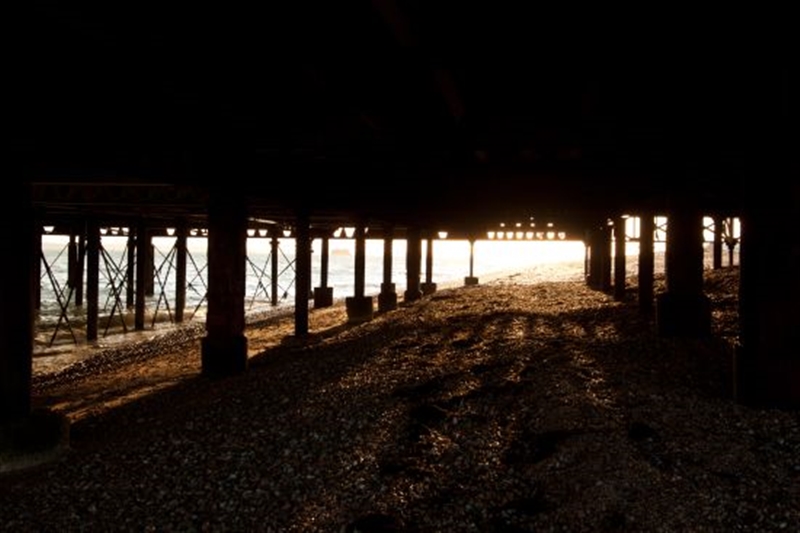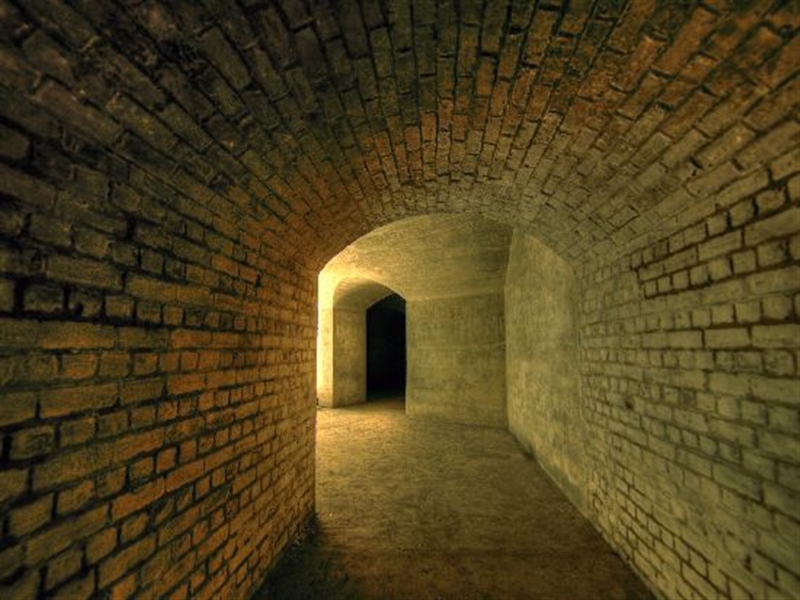Interview with Paul Allain
Paul Allain is Professor of Theatre and Performance and Dean of the Graduate School at the University of Kent, Canterbury. Since collaborating with the Gardzienice Theatre Association from 1989 to 1993 he has gone on to write extensively about the theatre. He has published several edited collections on Grotowski as part of the British Grotowski project.
Paul’s films about physical acting for Methuen Drama Bloomsbury will be published at Drama Online in Spring 2018 as Physical Actor Training – an online A-Z. Draft films are currently available at the Digital Performer website.
email: P.A.Allain@kent.ac.uk
Connections to the IB, GCSE, AS and A level specifications
- innovations
- key collaborations with other artists
- methods of creating, developing, rehearsing and performing
- use of theatrical conventions
- influence
- significant moments in the development of theory and practice
PC: What were his early influences?
PA: There are lots of routes into Grotowski’s work. One is his connection with Stanislavski. In 1955, he was studying at GITIS in Moscow, one of the main Russian drama schools. Grotowski worked with Yuri Zavadsky, who had come out of the Stanislavskian tradition. People often see Stanislavski and Grotowski as being opposed; that is a real mistake. Grotowski wrote this text, Reply to Stanislavski in 1983 in Polish. It was only published in English in 2008 in The Drama Review. He explains how he’d been influenced by Stanislavski after studying him in Moscow and how he was carrying on the work ‘On Physical Actions’ that Stanislavski had left unfinished when he died.
Many people have difficulties distinguishing technique from aesthetics. So then: I consider Stanislavsky’s method one of the greatest stimuli for the European theatre, especially in actor education; at the same time I feel distant from his aesthetics. Stanislavsky’s aesthetics were a product of his times, his country, and his person. We are all a product of the meeting of our tradition with our needs. These are things that one cannot transplant from one place to another without falling into clichés, into stereotypes, into something that is already dead the moment we call it into existence. It is the same for Stanislavsky as for us, and for anybody else.
Grotowski, J., & Salata, K. (2008). Reply to Stanislavsky. TDR (1988-), 52(2), p.31.
His interest in Stanislavski was underpinned by the phrase ‘I don’t believe you’ which they both used. Grotowski’s is actually quite a Stanislavskian psychophysical technique but much more movement orientated.
PC: Can you pinpoint where Grotowski’s aesthetics differ?
PA: Grotowski wasn’t starting from interpreting or staging plays, he wasn’t working with characters; he was working with roles.
PC: What is the difference between Stanislavski working on characters and Grotowski working on roles?
PA: Grotowski says the role should be like a ‘scalpel’ for opening up the person, the actor. It is really about using theatre as a way of revealing the person not the person identifying with the character.
PC: Is there an example that can illustrate that difference?
PA: When Cieślak played the role of the Constant Prince in the eponymous play it is all based on his memories of the first time he fell in love with a girl as a teenager. He and Grotowski spent nine months reconstructing the score, the inner life, of this awakening feeling. They reconstructed these feelings of passion, of erotic desire, of prohibition as a young Catholic boy where feeling these things was sinful. The narrative is of the Constant Prince being tortured by the Moors: a horrible story, based on the Calderón de la Barca play. The torture ends with the Prince’s death, because he doesn’t give in: he’s constant. We see that story but, without knowing it, we experience this whole other life intuitively. It was a physical realisation of what Stanislavski called the ‘inner life’. Grotowski combined the musicality and plasticity of Meyerhold with a Stanislavskian psychological process. It was never about true to life character, it was about revealing something of the actor.
Up Next:
Part 3: Grotowski Burning at the Stake After Artaud
Part 4: Grotowski’s Significant Productions
Part 5: Grotowski and Gurawski: Configuring the Space
Part 6: Grotowski Inspired Creativity and Outrage
Part 7: Grotowski’s Work with Text
Part 8: Grotowski’s Communication with Spectators
Part 9: Acting for Grotowski: What is it to be Human?
Part 10: Grotowski Composes Associations: Plastique and Corporal Exercises
Part 11: Grotowski’s Voice Work: Connecting Body and Voice
Part 12: Grotowski’s Context: Sickness, War and Oppression
Part 13: Paratheatre: What is Beyond Theatre?
Part 14: Paratheatre: Finding the Desire to Change
Part 15: Grotowski’s Influence: Barba, Brook and Beyond












